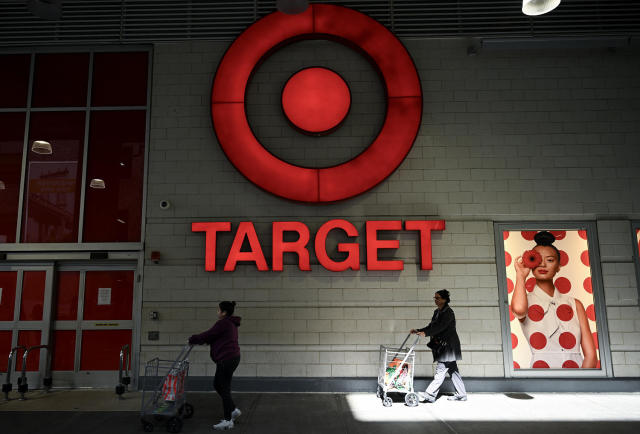Target attributed the closure of 9 stores to theft and violence, but crime rates are higher at nearby locations that the company chose to keep open

On Sept. 26, Target set off a national firestorm when it said it would close nine stores in four states because theft and organized retail crime had made them too dangerous to run.
On its face, Target’s announcement was evidence that retail crime was preventing one of the country’s most prominent retailers from operating stores profitably and safely. It challenged skeptics who believed that retailers had exaggerated the impact of organized retail crime and used it as an excuse for poor financial performance.
There was just one problem with the explanation Target gave for closing stores: The locations it shuttered generally saw fewer reported crimes than others it chose to keep open nearby, a monthslong investigation has found.
Recent indings cast doubt on Target’s explanation and raise questions about whether the company’s announcement was designed to advance its legislative agenda — seeking a crackdown on organized retail crime — and to obscure poor financial performance at the stores as it grapples with sliding sales.
In some cases, Target chose to keep operating stores in busier areas that had better foot traffic or higher median incomes, even though the locations saw more theft and violence, the probe revealed. In those areas, police departments may be better funded due to higher tax bases, and shoppers may have more to spend on discretionary goods.
Many of the locations Target closed were “small-format” stores the company opened over the last five years as part of an experiment to expand its footprint in dense, urban areas. The moves followed Target’s decision to shutter four similar stores in the spring that it said were underperforming, Retail Dive previously reported.
At the time it announced the nine store closures in September, Target said, “We cannot continue operating these stores because theft and organized retail crime are threatening the safety of our team and guests, and contributing to unsustainable business performance. We can only be successful if the working and shopping environment is safe for all.”
The news came just hours after the National Retail Federation issued a key annual retail security survey — in which it said violence at stores had increased but losses from theft hadn’t changed much — and exactly one month before the trade group was planning to lobby Congress for stiffer punishment for organized theft offenders. Target CEO Brian Cornell sits on the NRF’s board of directors and is a member of its executive committee.
One longtime retail executive and expert questioned whether Target’s claims about theft at the stores were designed to mask its struggles, as the retailer’s sales fell from the prior year in both its second and third quarters.
“I don’t want to use the word ‘stunt,’ because I don’t know exactly what went on in Minneapolis [where Target is based], but to me, it read like a stunt, looking to divert attention from the company’s lack of performance overall,” said Mark Cohen, a professor and director of retail studies at Columbia Business School who previously served as the CEO of Sears Canada, Bradlees and Lazarus department stores.
“They did not disclose their actual shortage statistics,” he added. “They talked about it in general terms; they did not disclose any other factors that would have caused them to decide to close any of those stores. They implied that the only reason they were closing the stores was because of theft. That may or may not be true. My guess is: Not true.”
In response, Target spokesperson Jim Joice said that as a growth company, Target is “continuously opening new stores, initiating remodels, investing in our team and infrastructure, and refining our operations as we seek to deliver the shopping experience that people have come to expect of Target.”
“In 2023 alone, we opened 21 new stores and remodeled 150 stores as part of our nearly $5 billion investment in strategic initiatives. The recently announced store closures related to safety, retail theft, and unsustainable business performance represent less than 0.5% of our U.S. footprint, with 1,956 stores currently operating and serving our guests,” Joice said.

